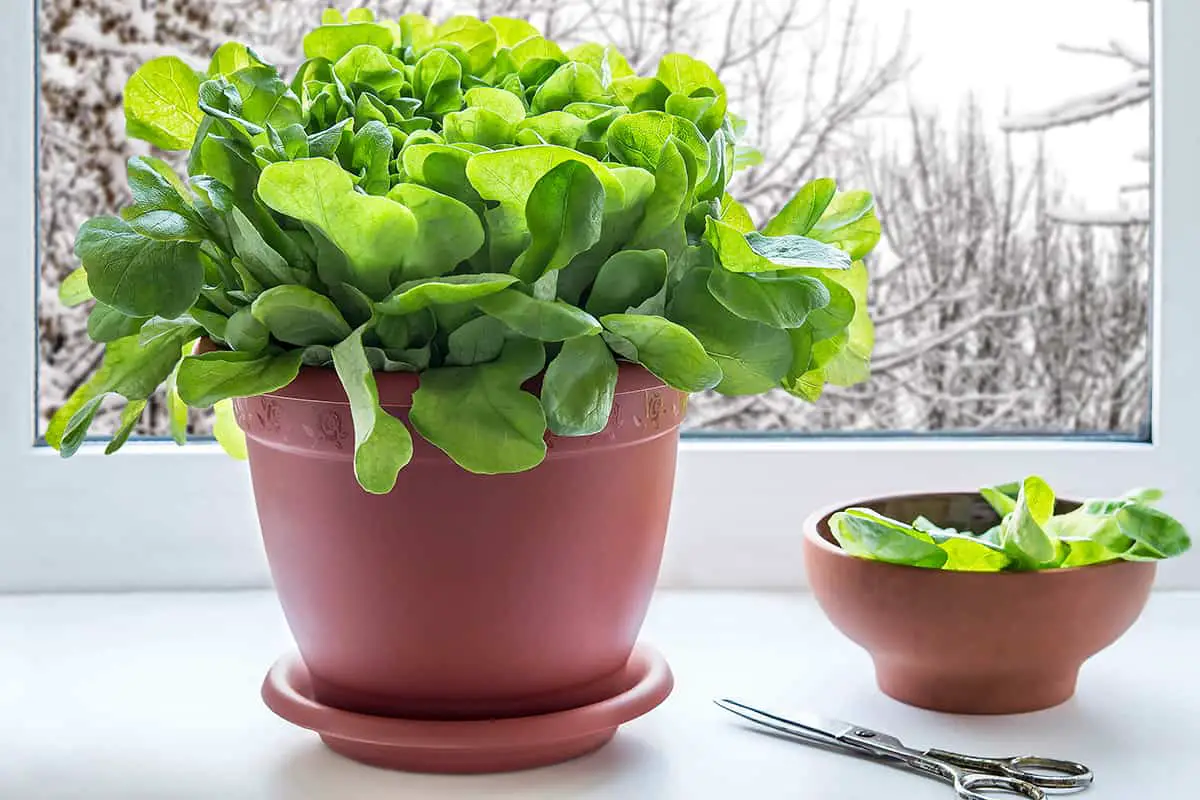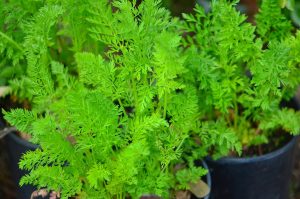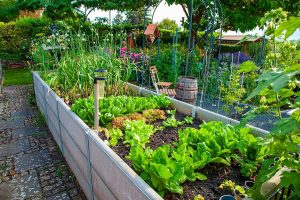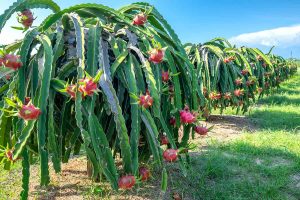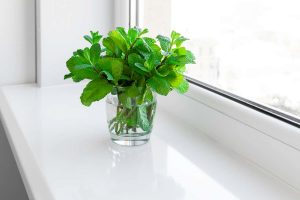You decide to try growing your own lettuce to enjoy fresh salads straight from your garden. With limited space, you grab a few pots and some seeds. After a few weeks, you see tiny green leaves sprouting, and you’re excited about the progress. Growing lettuce in pots is straightforward and rewarding. Here’s how to do it successfully.
Table of Contents
- Choosing the Right Varieties of Lettuce
- Selecting the Appropriate Pot Size
- Preparing the Potting Mix
- Planting Lettuce Seeds
- Caring for Lettuce in Pots
- Pest and Disease Management
- Harvesting Lettuce
- Frequently Asked Questions
- What are the best types of containers to use for growing lettuce indoors?
- How should you water lettuce when grown in pots?
- What are the steps to growing lettuce in pots from seeds?
- Does lettuce require full sun exposure to thrive in containers?
- Can iceberg lettuce be successfully grown in pots, and if so, how?
- What is the easiest variety of lettuce to grow in pots for beginners?
Choosing the Right Varieties of Lettuce
When growing lettuce in pots, selecting the right variety is crucial. You want plants that thrive in confined spaces and resist bolting—going to seed too quickly. Certain types are better for this than others.
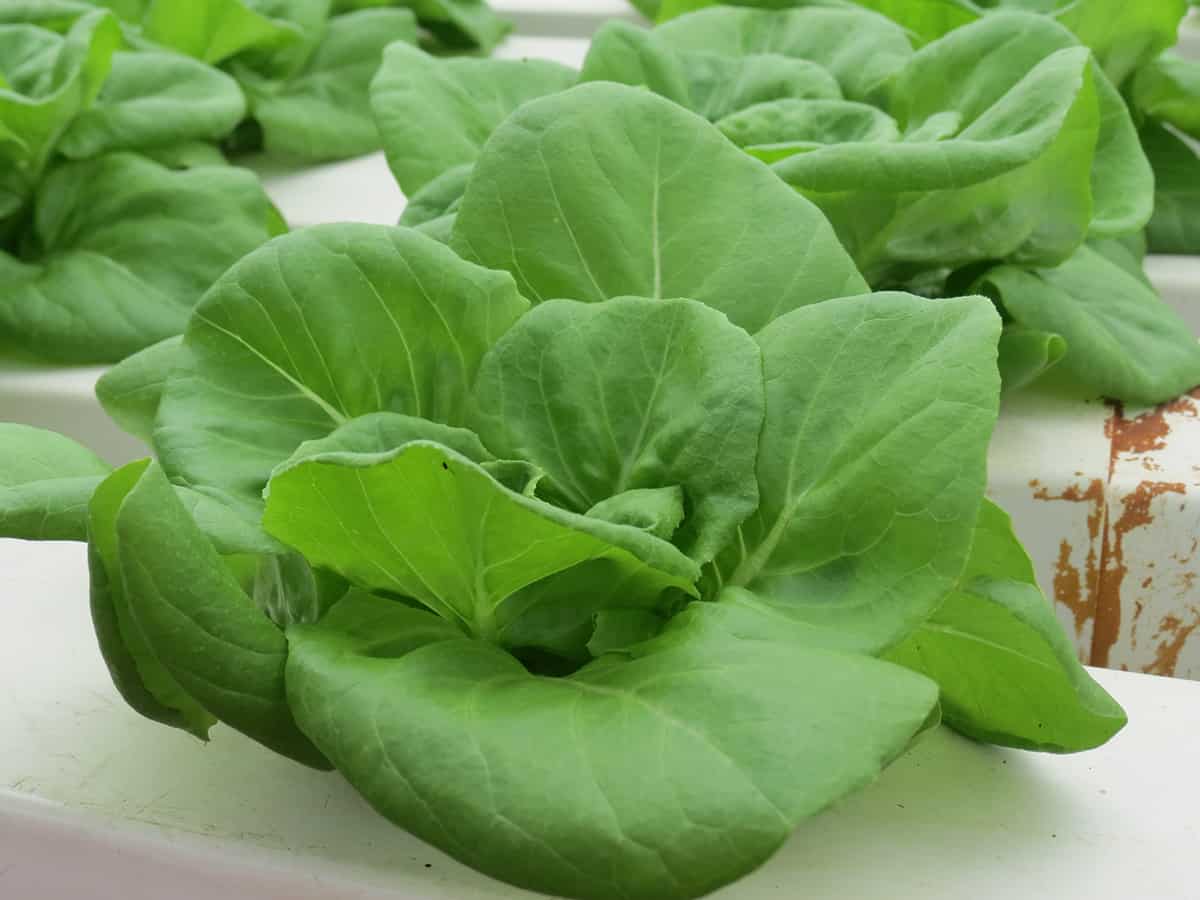
Butterhead lettuce, such as bibb or Boston, is tender and forms loose heads. Its leaves can be green with hints of red. This variety often does well in containers.
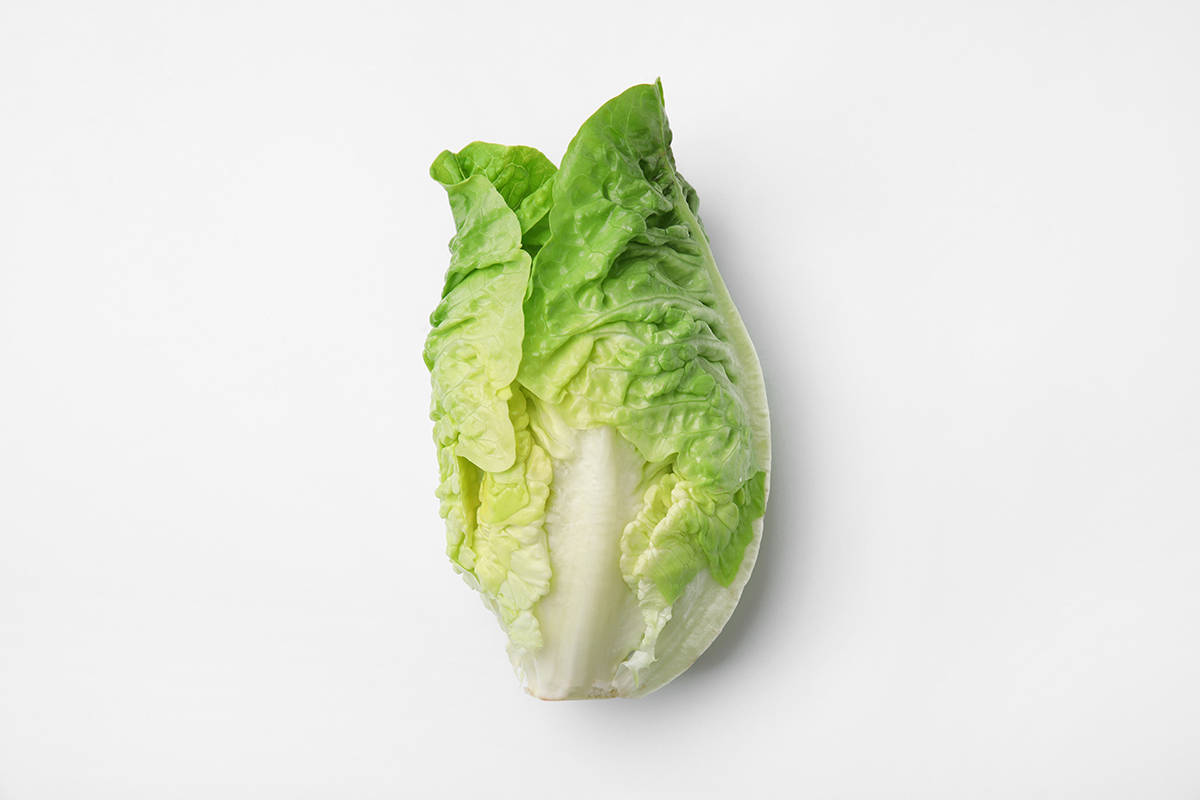
Romaine lettuce is another apt choice for pots. It features sturdy, elongated green leaves and grows into a loose head. It’s known for its crispness and flavor.
If you’re looking for variety, explore mixed lettuce offerings. They provide an array of types in a single pot, delivering diverse textures and tastes. These mixes often include leaf lettuces that are cut and come again, allowing for continuous harvest.
Choose varieties labeled as “slow-bolt” for warmer climates. These resist seeding too fast as temperatures rise.
The key to your selection is balance. You need lettuce that fits well in containers, can handle the warmth, and offers the flavors and textures you enjoy.
Selecting the Appropriate Pot Size
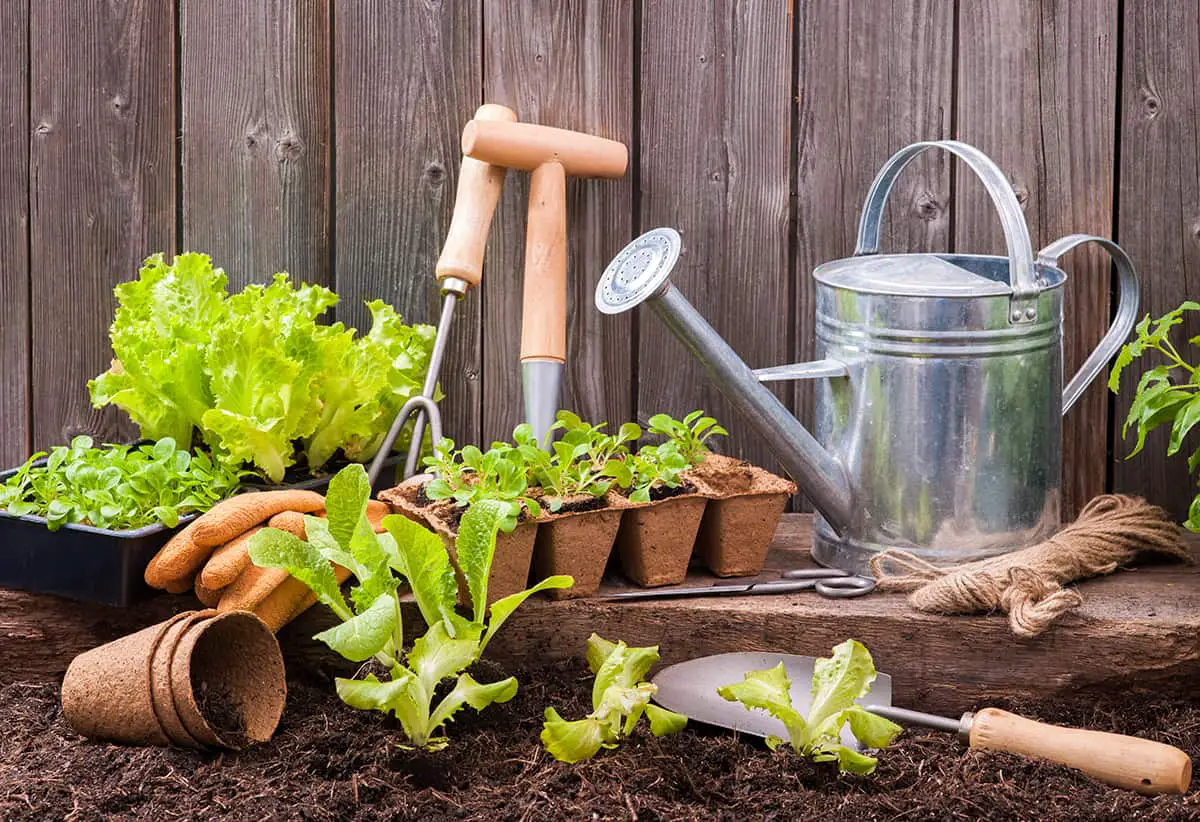
You need a container that allows your lettuce roots to spread and grow. A pot with a depth of at least six inches and a volume of two gallons is a good starting point.
Lettuce thrives in spacious containers because it provides ample room for roots and soil, which retains moisture longer. A pot that’s too small dries out quickly and needs more frequent watering. Opt for a larger pot to reduce watering frequency and ensure healthy growth.
Ensure your pot has drainage holes to prevent water logging. Excess water needs to escape to protect lettuce from root rot. A pot with proper drainage supports a healthy root system, which is essential for robust lettuce plants.
Select a pot made from breathable materials like clay or fabric. These materials allow air to circulate around the roots, promoting healthier plant growth. Avoid materials that heat up quickly in the sun, as they can stress the plants and lead to poor growth or bolting.
Preparing the Potting Mix
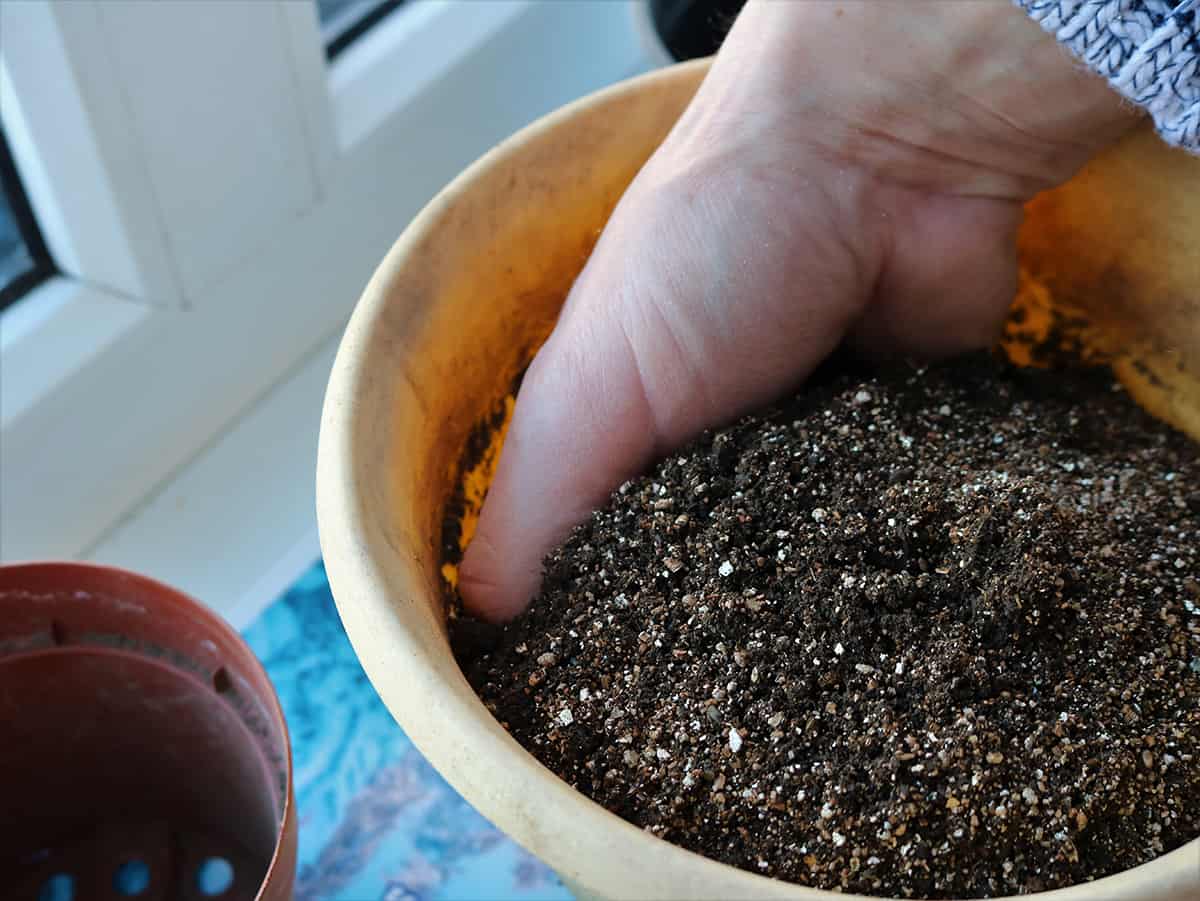
A good potting mix will support root growth and provide the necessary nutrients.
Mixing Your Own Potting Soil
When you mix your own potting soil, you control the quality of what your lettuce grows in. Start with a base of peat moss or coconut coir to retain moisture. Add perlite or vermiculite to ensure your mix stays aerated and drains well. Lastly, incorporate compost or worm castings to add nutrients that feed your lettuce as it grows.
Buying Pre-Mixed Soil
Should you choose to buy pre-mixed soil, look for options labeled specifically for container gardening. These will have the right balance of moisture retention and drainage. They often include slow-release fertilizers, which can simplify feeding your lettuce. Remember to check for freshness; a sealed bag helps prevent the soil from drying out.
Planting Lettuce Seeds
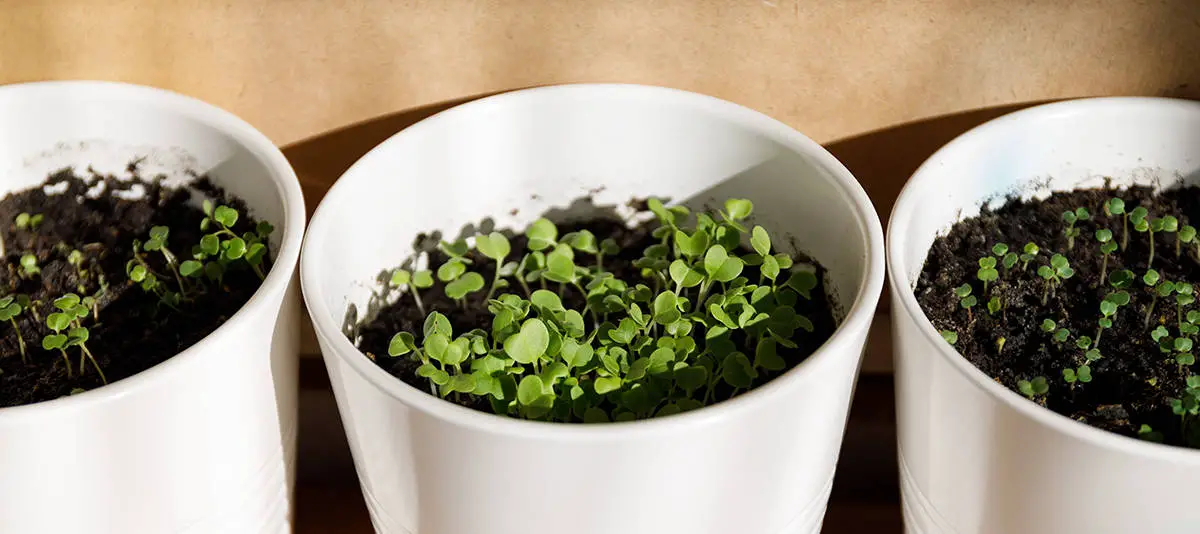
Sowing Depth and Spacing
Sow your lettuce seeds at a shallow depth of ¼ to ½ inch. Space the seeds about an inch apart if you wish to thin them later, or sow individual seeds in designated spots for fewer disturbances. Too deep, and your seeds may not germinate. Too shallow, and they can dry out or fail to anchor properly. Consistent moisture is crucial.
Germination Tips
Lettuce seeds need a temperature of 55-65 degrees F to germinate effectively and will emerge within 7-10 days. Avoid excessive heat; temperatures above 80 degrees F can stall germination. If indoors, use a warm spot without direct sunlight. Once sprouted, provide ample light to prevent stretching and weak growth. Maintain soft, damp soil without waterlogging.
Caring for Lettuce in Pots
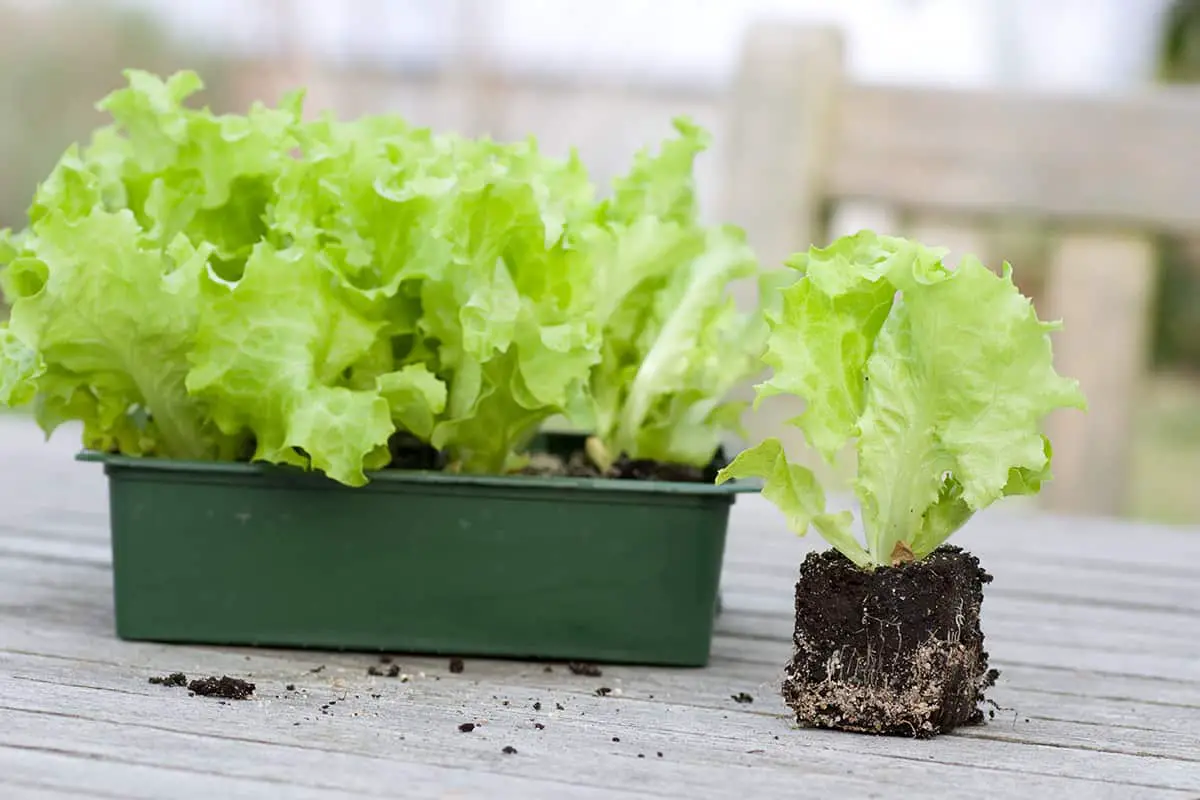
Growing lettuce in pots requires precise care for a healthy harvest. This section guides you through watering, fertilizing, and managing sunlight and temperature for your potted lettuce.
Watering Requirements
Consistent moisture is crucial for lettuce. You should check the soil daily, keeping it evenly moist but not waterlogged. Water your lettuce in the morning to allow leaves to dry, reducing disease risk.
Fertilization Schedule
Lettuce thrives with added nutrients. Apply a balanced, water-soluble fertilizer every two weeks. Start fertilizing once the lettuce has established several true leaves.
Sunlight and Temperature Needs
Lettuce prefers cool temperatures and plenty of light. Position your pots where they receive at least six hours of sunlight daily. In warmer climates, provide afternoon shade to prevent wilting.
Pest and Disease Management
Common Pests
Your potted lettuce can attract various insects. Aphids, common pests, weaken lettuce by sucking sap. To combat these pests, you can rinse the leaves with water or introduce beneficial insects like ladybugs. Another pest you may encounter is the cutworm, which can snip off young lettuce seedlings at the base. Wrapping the stem with a paper collar can protect your plants from these nocturnal insects.
Disease Prevention
Diseases in lettuce, such as downy mildew and powdery mildew, often thrive in moist conditions. To prevent diseases, water your lettuce at the base to avoid wetting the leaves. Ensure your pots have good drainage and space plants for adequate air circulation. Rotating crops each year can also help minimize the risk of soil-borne diseases affecting your lettuce.
Harvesting Lettuce
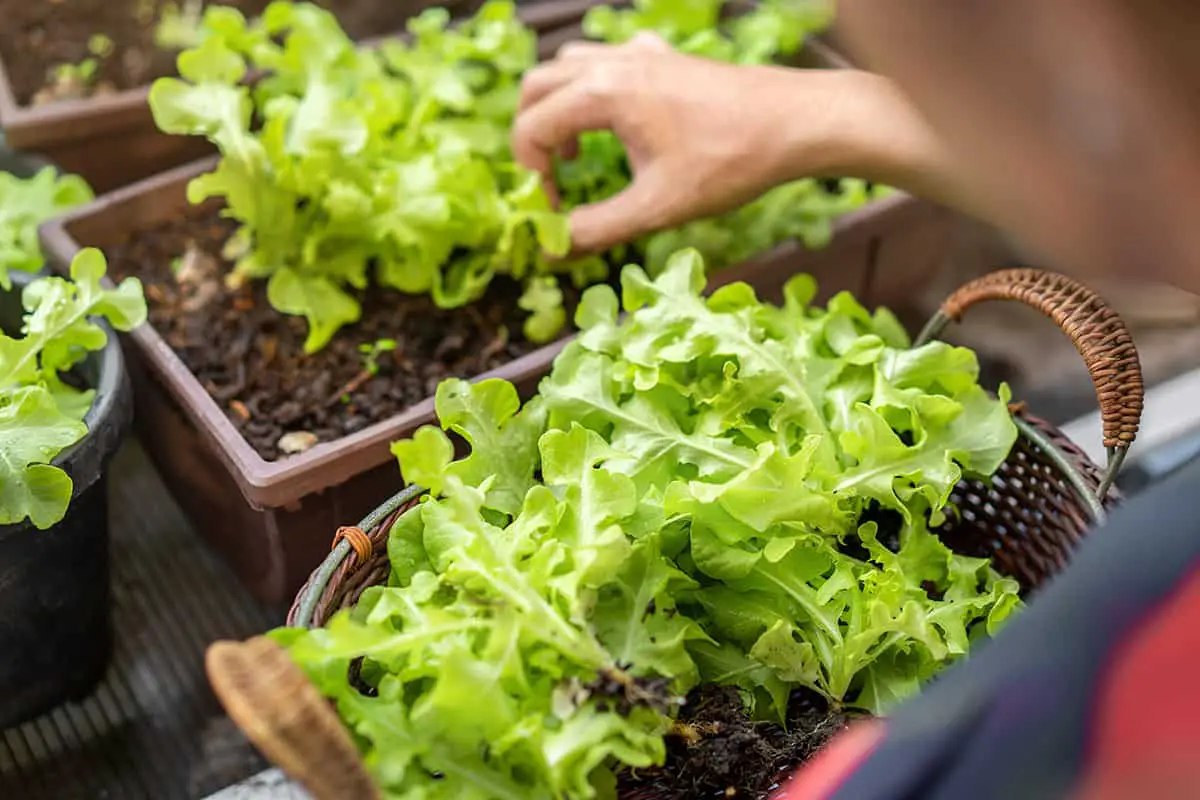
When to Harvest
Your lettuce is ready for harvest when the leaves form a loose head or are large enough to clip. For leaf varieties, this is often 30 days after planting. With head lettuce, such as romaine, the timeline extends to about 60 days. Inspect the leaves early in the morning for crispness and a vivid color.
Harvesting Techniques
To harvest, use clean, sharp scissors or a knife. Cut the outer leaves first, allowing about an inch of the stem to remain. This helps encourage regrowth for future harvests. If you opt for harvesting the whole plant, cut at the base, being careful not to damage roots, as some varieties can regrow. Remember to handle the leaves gently to prevent bruising.
Frequently Asked Questions
What are the best types of containers to use for growing lettuce indoors?
When you grow lettuce indoors, opt for shallow containers with good drainage. Your pots should be at least 6-8 inches deep to accommodate the roots. Materials like plastic, terracotta, or fabric pots are all suitable for lettuce.
How should you water lettuce when grown in pots?
Ensure the soil stays moist but not soggy to prevent root rot. Water your potted lettuce evenly, aiming for consistent soil moisture. During warmer days, you might need to water more frequently.
What are the steps to growing lettuce in pots from seeds?
Start by filling your container with potting mix, leaving an inch from the top. Sprinkle lettuce seeds and cover lightly with soil. Keep the soil moist and place the pot in a location with adequate light. Seeds should germinate within a week.
Does lettuce require full sun exposure to thrive in containers?
Lettuce grows well in partial shade but can tolerate full sun in cooler climates. If you’re growing lettuce in a warm area, aim for 3-4 hours of sun with some afternoon shade to prevent wilting.
Can iceberg lettuce be successfully grown in pots, and if so, how?
You can grow iceberg lettuce in pots by choosing a large pot and ensuring it has ample space to develop its head. Provide it with steady moisture and plenty of light to help it thrive.
What is the easiest variety of lettuce to grow in pots for beginners?
Leaf lettuces, such as romaine and butterhead, are the easiest for beginners to grow in pots. They are less prone to pests and diseases and tolerate a range of growing conditions.
